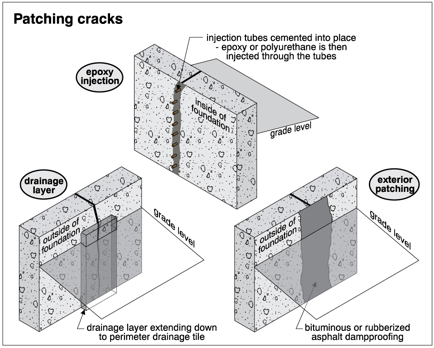-
Services
We offer the most comprehensive home inspection service available.
We start at the roof and evaluate not only the roof surface, but also the chimney, the ventilation system, the electrical service entrance, the plumbing stack, and any other systems or components located on the roof.
Our next step is to inspect the exterior of the home. We use a macro and micro approach to look at both the big picture and all the details.
We then move inside the house, and starting at the bottom, work our way up through the home into the attic. While inside, we address such things as the structure, the heating and cooling systems, the electrical and plumbing systems, the interior finishes, the insulation and ventilation, and accessories such as fireplaces.
Our evaluation is then communicated through a detailed inspection report, which includes descriptions of all the systems in the home, as well as any recommended improvements. This will help you prioritize the improvements and develop a blueprint for your future in the home.
Best of all, our services don’t end with the inspection. For as long as you own the home, you can call with any additional questions — at no extra charge!
-
-
Wet Basements – A Homeowner’s Biggest Concern
The words are all-too-familiar to many homeowners. It is said that more than ninety-eight percent of all houses have had, or will have, basement leakage at some point.
Identifying the Problem:
The presence of efflorescence, a whitish mineral deposit on the interior of foundation walls, indicates moisture penetration. It should be noted that the severity of the problem, or whether the problem is active, is not indicated by the amount of efflorescence. Other clues are rusty nails in baseboards, rotted wood near floor level, rusted metal feet on appliances, mould and mildew, lifted floor tiles, storage on skids, peeling paint and the presence of dehumidifiers.
Corrective Action:
Poor surface drainage is one of the main causes of basement leaks. The ground should slope away from the house a rate of one inch per foot for at least the first six feet. As a preventative measure, seal where the driveway and sidewalk meet the foundation walls. The gutter and downspout systems must also perform properly. If downspouts are ever suspected of being disconnected, broken or clogged below ground level, they should be redirected to discharge above grade at least six feet away from the house. Also, gutters should be kept clear of debris.
Localized low areas including basement stairwells, window wells, et cetera, may allow water to collect. Drains should be provided in the bottom of these. Where there are no drains, plastic dome covers over the window wells allow light into the basement while minimizing water and snow accumulation.

More Extreme Measures:
In the vast majority of cases, basement leakage is not significant from a structural point of view and can be controlled relatively inexpensively, as discussed above. However, the presence of foundation cracks, damaged perimeter drainage tiles, a high water table or underground streams may call for more extreme corrective measures. These measures are used when chronic flooding occurs.

Sealing foundation cracks can be performed several ways with the cost of repairs varying. The approach taken depends on the specific crack; however, the most successful approach is sealing from the outside (Cost $500 - $900). Urethane or epoxy injection repairs can be done from the interior on poured concrete walls only (cost $400 - $600).
Excavating, dampproofing and installing drainage tiles should be used as a last resort. Dampproofing on the exterior typically involves parging a masonry foundation wall with a one-quarter inch layer of mortar covered with a bituminous or plastic membrane which extends down to the footings.

The drainage tile laid beside the footing is covered with gravel and filter paper. These tiles can often be damaged or clogged by roots and some localized repairs may be required.
Because excavating on the exterior is expensive ($8,000 - $15,000 typically), an alternative is an interior drainage system. The cost of this approach is one-third to one-quarter the cost of exterior work. There are many cases where this proves satisfactory, although this must be judged on a case by case basis.
Where underground streams and/or a high water table are present, sump pumps are usually required.
Line drawings are from the Carson Dunlop Home Inspection Training Program and Home Inspection Software Tool – Horizon


